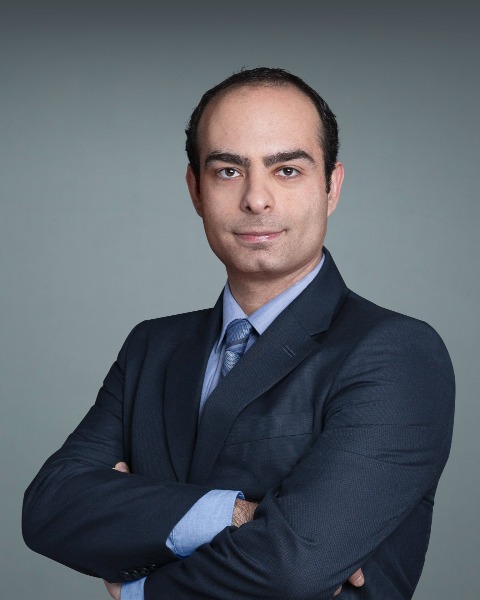SIR 2025
Practice Development
Scientific Session
Optimizing Abscess Drain Management: A Financial Wellness Perspective

Jordan Erickson
Medical Student
NYU Langone Medical Center, United States
Tarub S. Mabud, MD, MS
Resident Physician
New York University Grossman School of Medicine, United States
Frederic J. Bertino, MD (he/him/his)
Director of Pediatric Interventional Radiology
NYU Langone Health, United States
Bedros Taslakian, MD, MA (he/him/his)
Associate Professor, Director of VIR Research Program; Director of Clinical Research Integration
NYU Langone Health, United States
Ryan Hickey, MD, FSIR
Associate Professor
NYU Grossman School of Medicine, United States- MS
Mikhail Silk, MD
Assistant Attending
Memorial Sloan Kettering Cancer Center, United States
Presenting Author(s)
Author/Co-author(s)
Clinical follow-up after percutaneous abscess drainage is susceptible to various potential inefficiencies, including reliance upon self-reported drain output, phone calls, and pre-scheduled maintenance drain assessments. This study evaluates the costs of current practice inefficiencies in abscess drain management and their impact on patient financial wellness at a tertiary care center.
Materials and Methods:
Hospital records for all consecutive patients who had an abscess drainage catheter placed during a 3-month period (February to May 2024) were reviewed. The number of drain-related phone calls and visits to the IR department were recorded up to August 2024. An inefficient maintenance evaluation was defined as a procedure where the existing drain was left in place without exchange or complication. Clinic appointments where the drain was removed or resulted in a change in management were not considered inefficient. The financial impact of drain management inefficiencies was calculated as the sum of “clinical,” “procedural,” and “indirect” costs. Clinical and procedural costs were derived from the Center for Medicare Services codes{1} for clinical phone calls (99441) and fluoroscopic evaluation (49424). Indirect costs to patients were estimated at $141/per day based on prior studies of lost productivity due to office/hospital visits{2-4}.
Results:
76 patients underwent abscess drainage catheter placement during the assessment period. 16 patients had drains removed during their hospitalization, 6 patients lacked follow-up data and 7 patients had drain management not by the IR service. The remaining 44 patients generated a total of 88 patient phone calls (mean 2/patient, range 0-9) and 39 maintenance evaluations (mean 0.89/patient, range 0-5). The total clinical cost was $4950.88 (mean $112.52/patient), total procedural cost was $6945.51 (mean $157.85/patient) and total indirect cost was $5499 (mean $124.98/patient).
Conclusion:
The average cost of inefficiencies related to abscess drain management was $395.35 per patient. Optimization of abscess catheter follow-up protocols could substantially mitigate financial impacts on patient financial wellness.


.jpg)